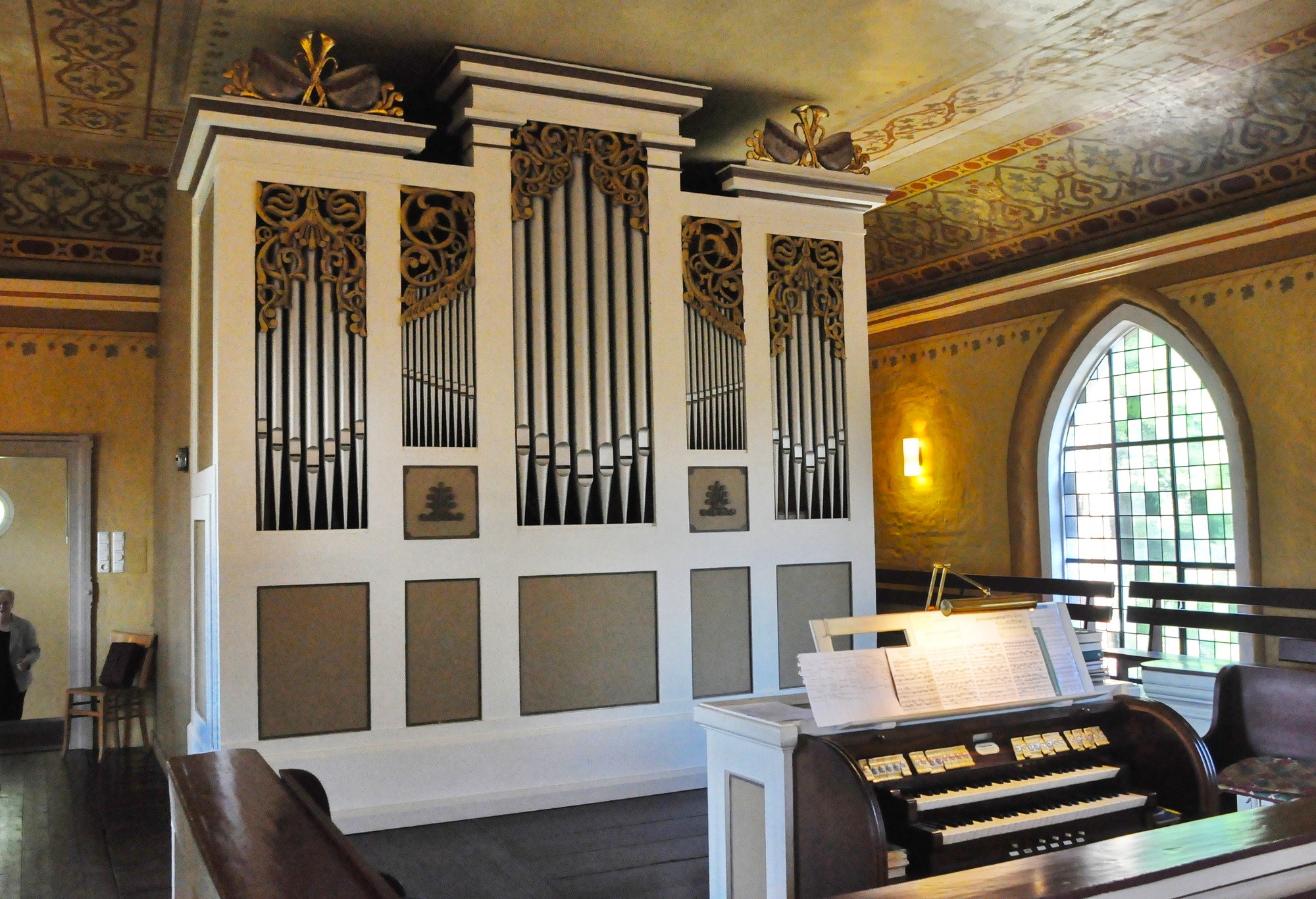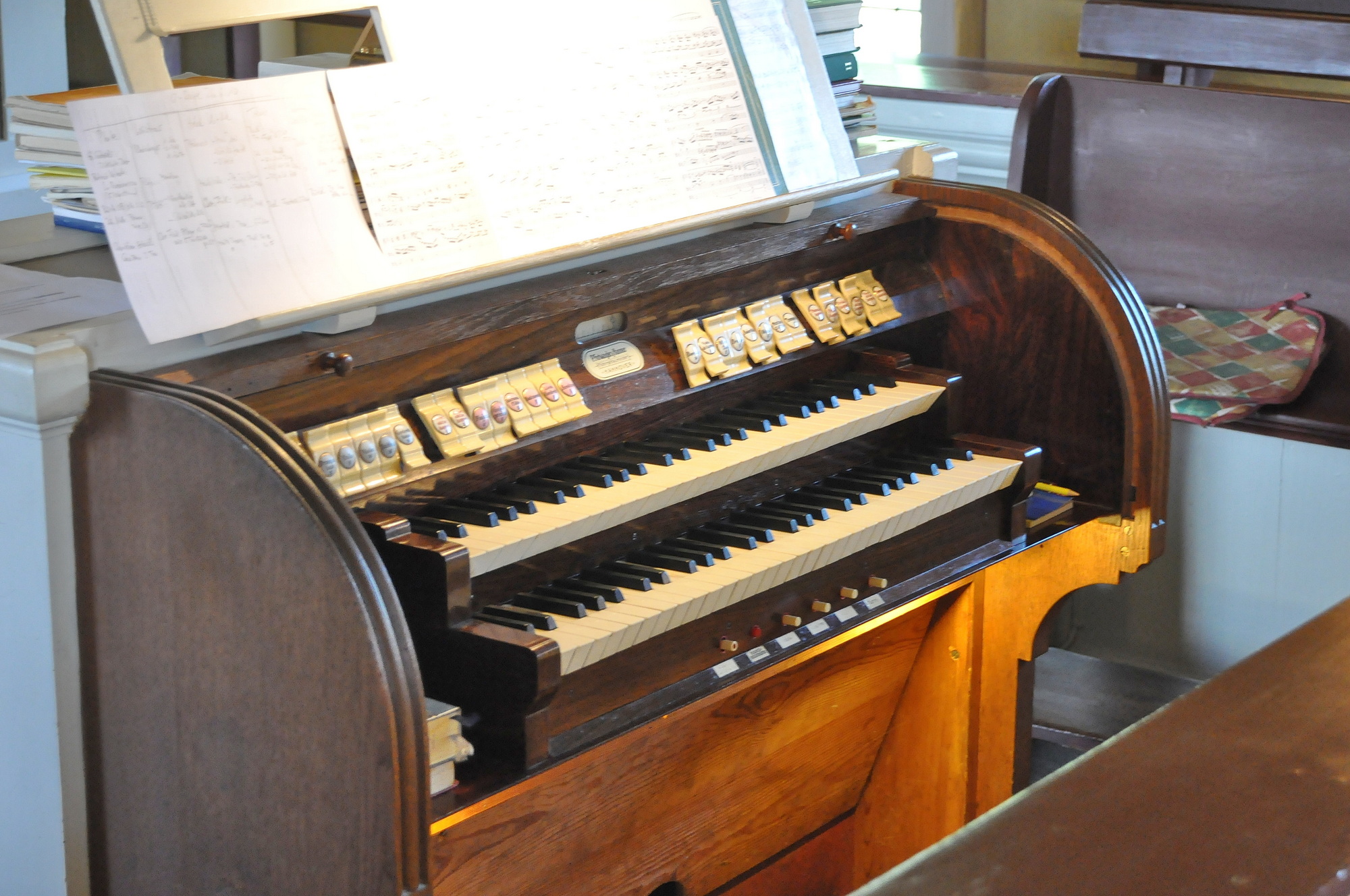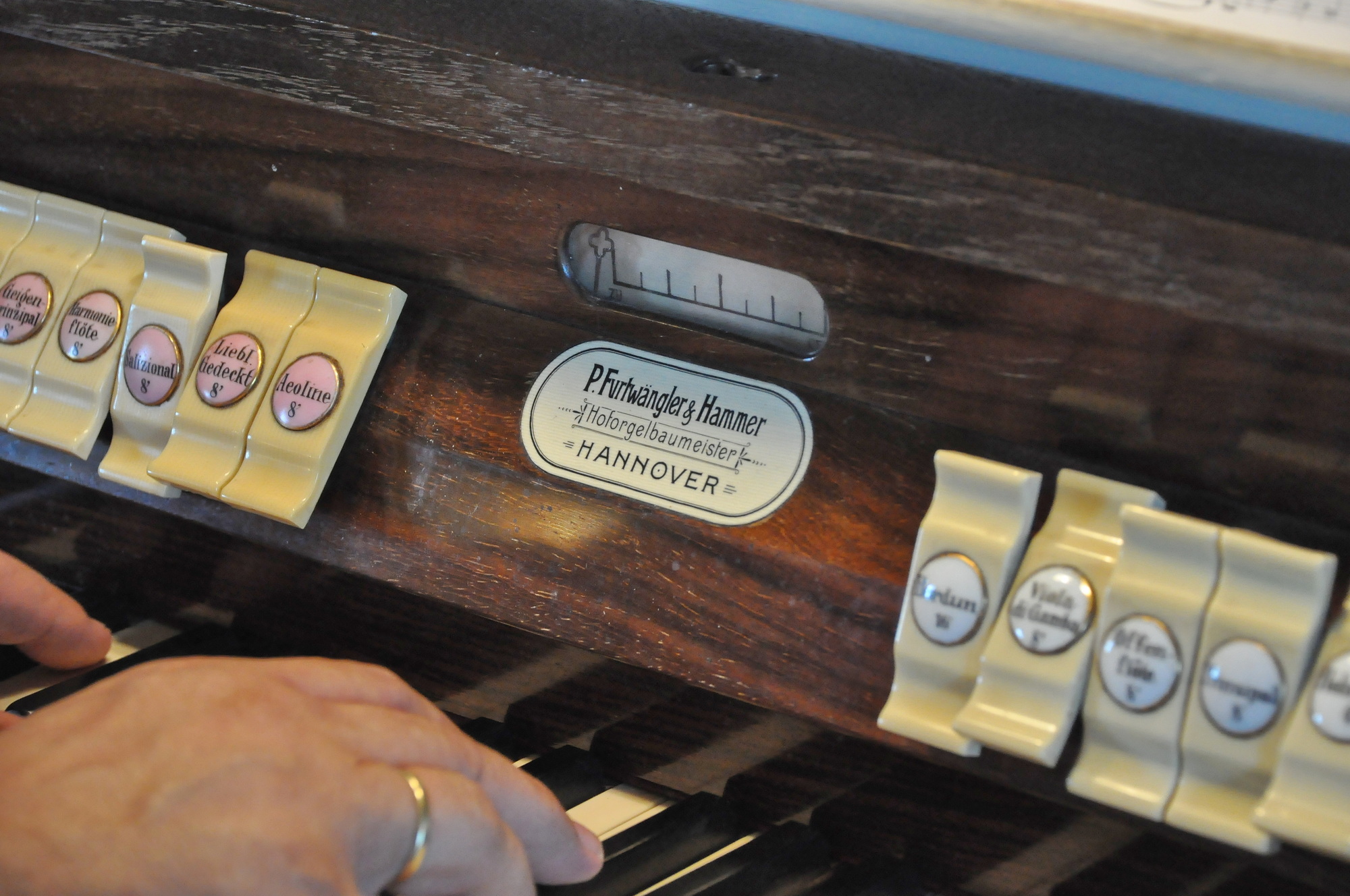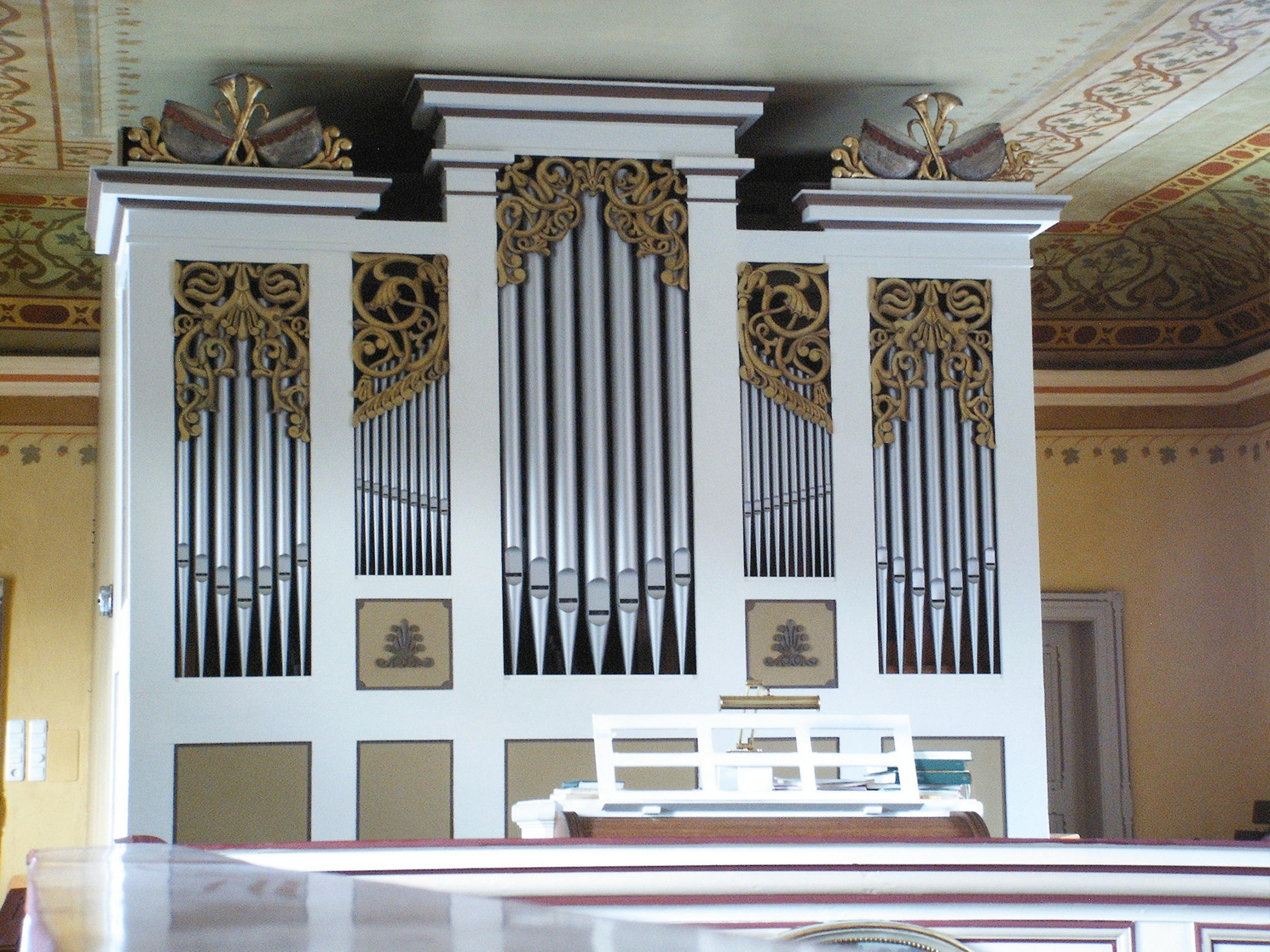Wustrow, St. Laurentius
| Builder | Furtwängler & Hammer |
|---|---|
| Year | 1915 |
| Period/Style | Romantic |
| Stops | 19 |
| Keyboards | 2+P |
| Keyaction | pneumatic |
| Tuning | Equal |
In 1915, the St. Laurentius Church in Wustrow was outfitted with a new organ by the renowned firm Furtwängler & Hammer from Hannover. This instrument, housed behind the classical organ façade from an earlier organ built by Eduard Meyer in 1845, features a two-manual setup with 19 stops and utilizes a pneumatic action for tone and register control, which was standard at the time. The organ includes a second manual encased in a swell box, allowing for dynamic control over its output, a feature that enriches the expressive capabilities of the instrument.
Despite the tumultuous periods that followed, including the loss of original prospect pipes during World War I, the organ has been well-maintained and preserved, avoiding the drastic alterations associated with the neobaroque organ reform movement. A significant restoration undertaken in 1993 by organ master Franz Rietzsch from Hiddestorf involved a thorough overhaul and conservation of the original mechanisms, ensuring that the organ remained faithful to its historical origins. Additionally, the restoration included a repaint of the protected organ façade based on original findings, maintaining its visual and functional integrity. Today, this organ stands as a premier example of pneumatic instruments in the Wendland region, celebrated not only for its historical significance but also for its flawless operational state post-restoration.
Despite the tumultuous periods that followed, including the loss of original prospect pipes during World War I, the organ has been well-maintained and preserved, avoiding the drastic alterations associated with the neobaroque organ reform movement. A significant restoration undertaken in 1993 by organ master Franz Rietzsch from Hiddestorf involved a thorough overhaul and conservation of the original mechanisms, ensuring that the organ remained faithful to its historical origins. Additionally, the restoration included a repaint of the protected organ façade based on original findings, maintaining its visual and functional integrity. Today, this organ stands as a premier example of pneumatic instruments in the Wendland region, celebrated not only for its historical significance but also for its flawless operational state post-restoration.
| I. Manual | II. Manual (enclosed) | Pedal |
|---|---|---|
| Bordun 16' | Geigenprincipal 8' | Subbaß 16' |
| Principal 8' | Harmonieflöte 8' | Gedacktbaß 16' |
| Viola di Gambe 8' | Salicional 8' | Violon 16' |
| Offenflöte 8' | Liebl. Gedackt 8' | Principalbaß 8' |
| Oktave 4' | Aeoline 8' | Cello 8' |
| Rohrflöte 4' | Fugara 4' | |
| Mixtur 2-3f | ||
| Trompete 8' |
No Video/Audio samples available.
https://nomine.net/orgel/wustrow-st-laurentius/
 Pipe Organ Map
Pipe Organ Map


